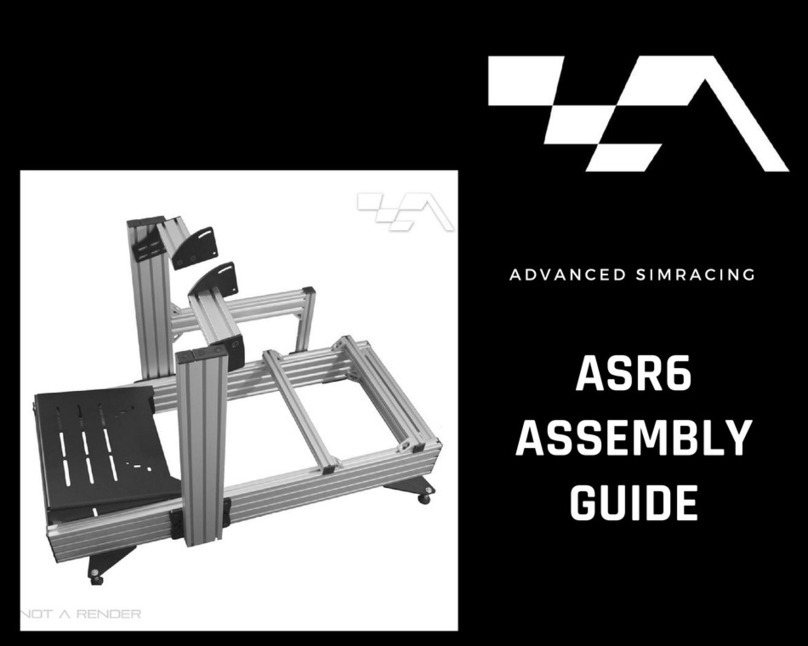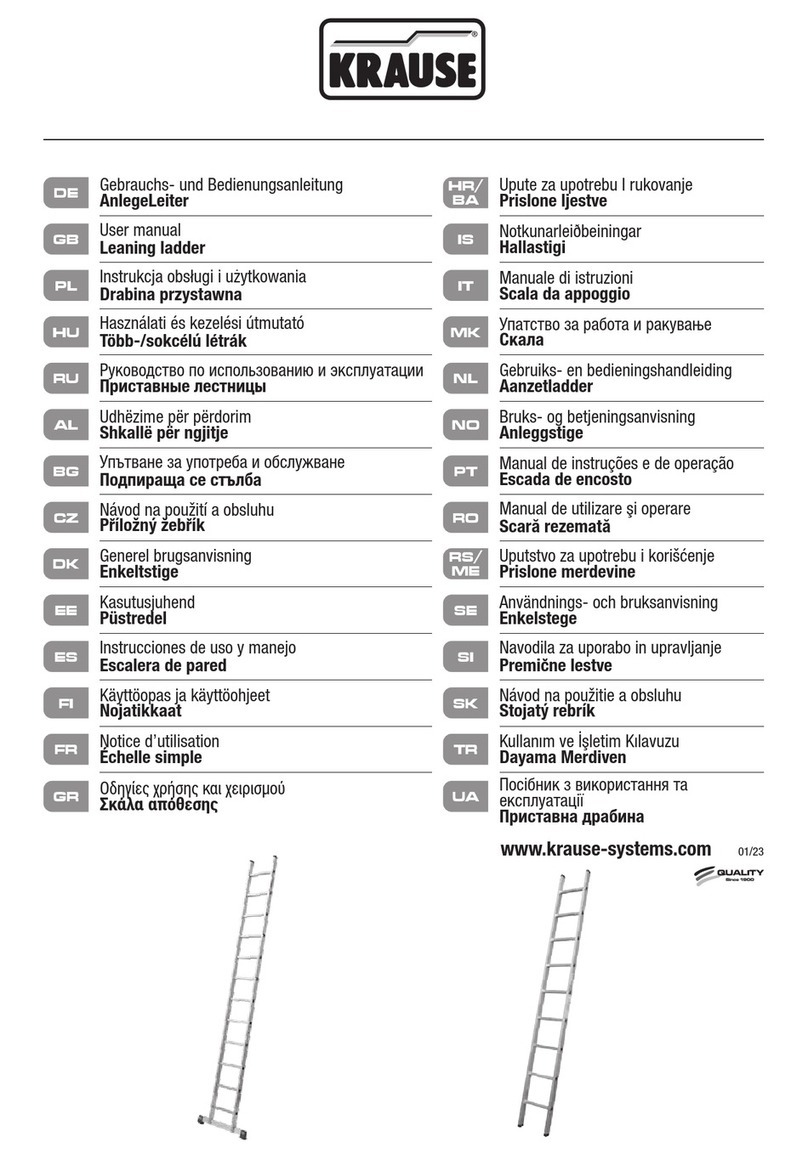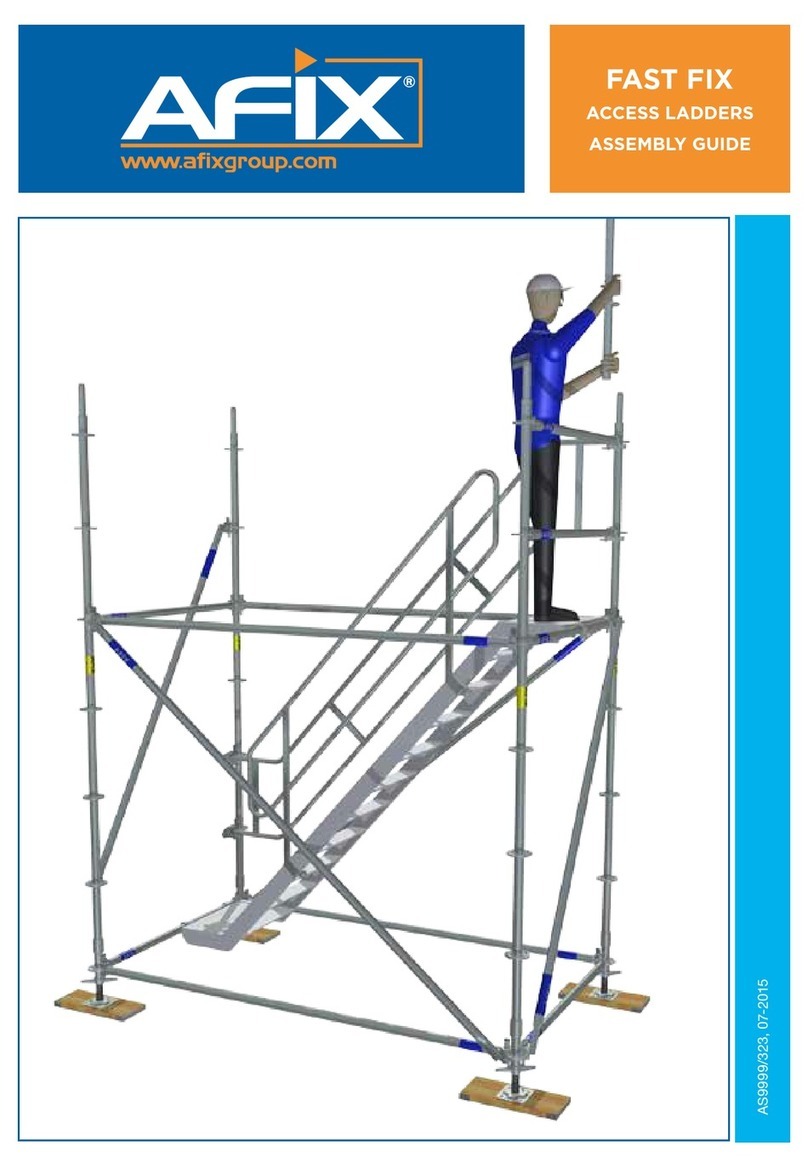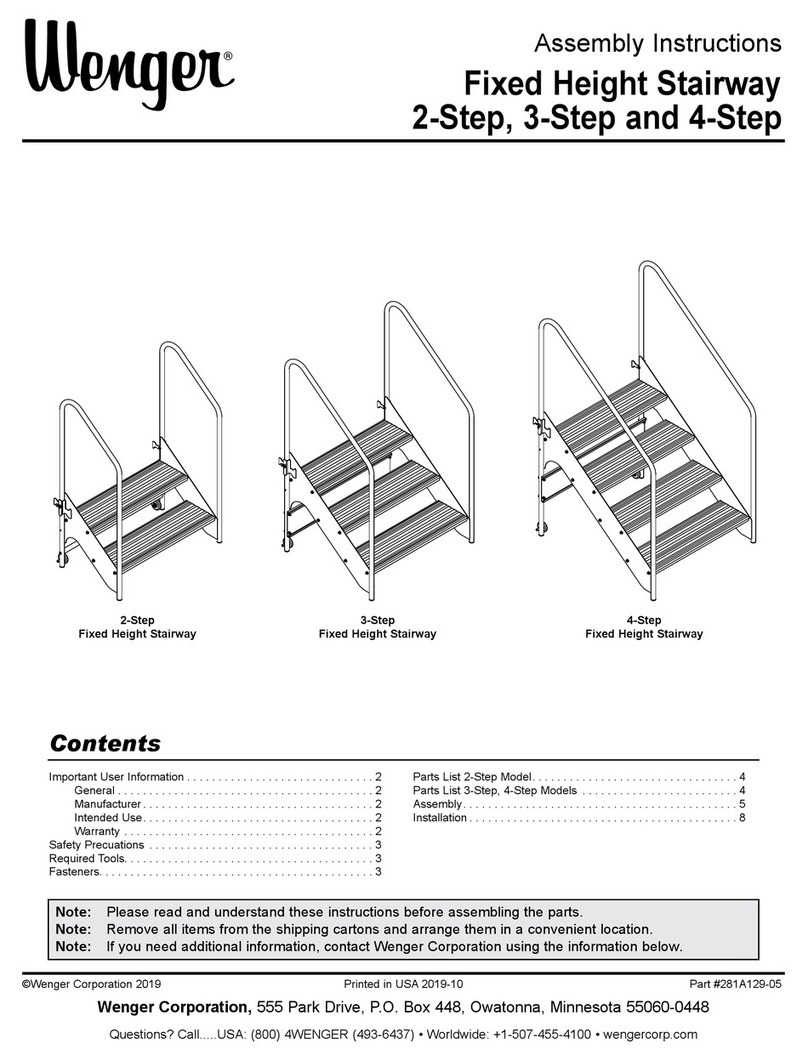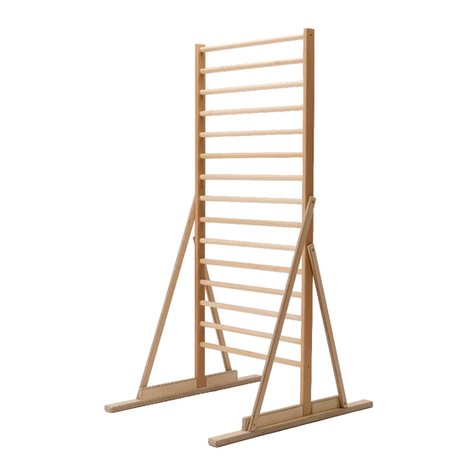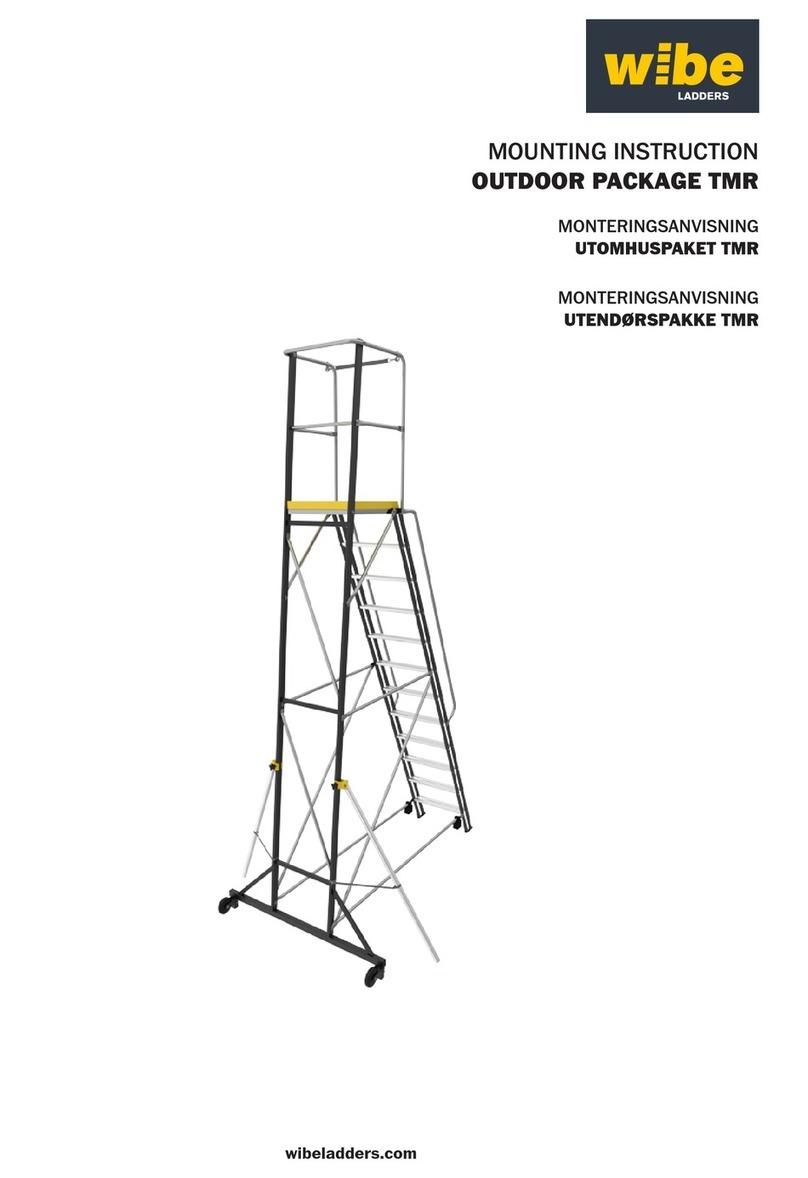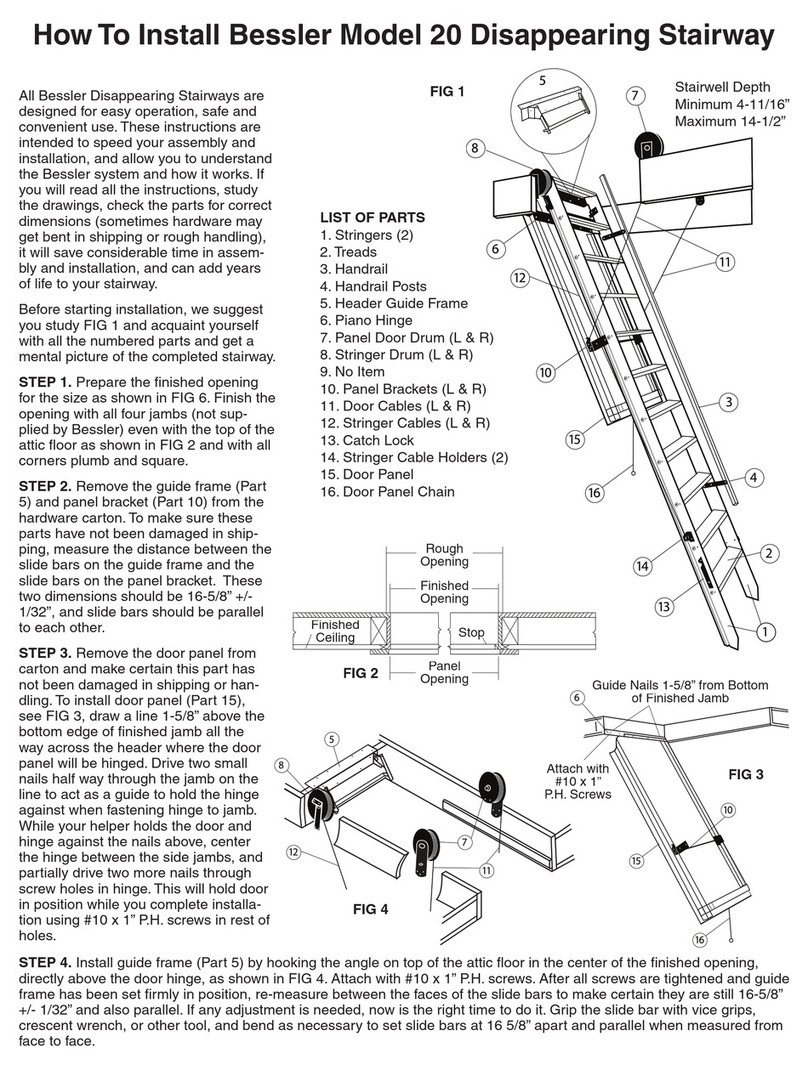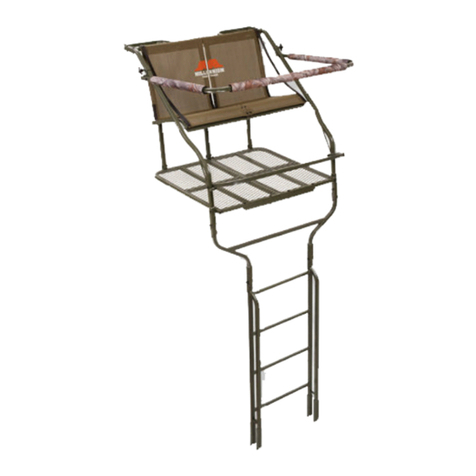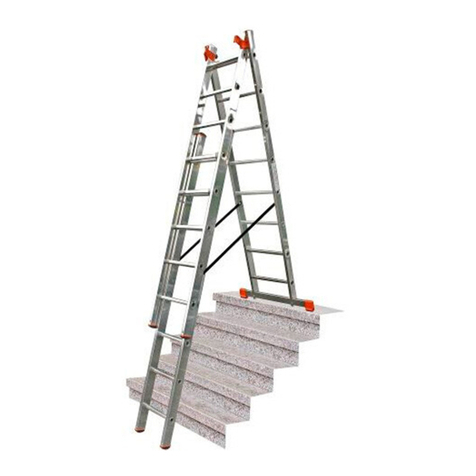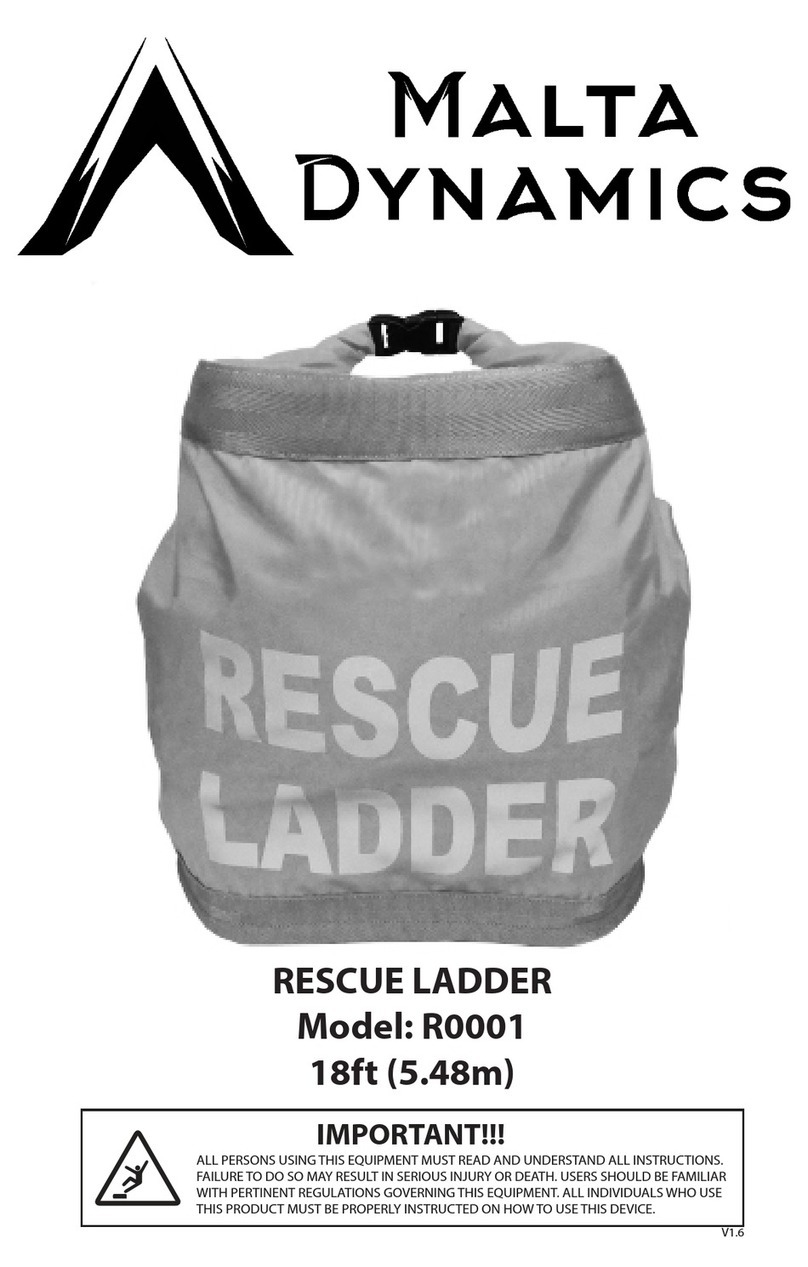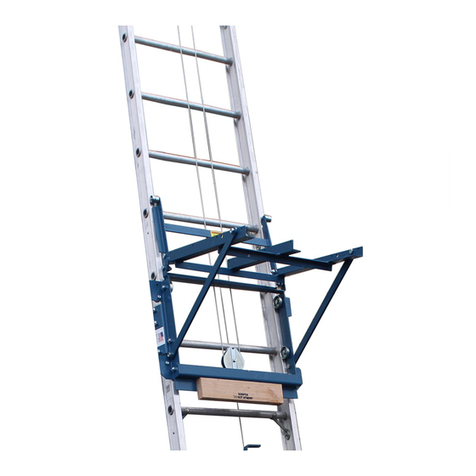
Additional Safety Guidelines
The Work at Height Regulations 2005 should be observed at all times.
Secure ladders at the top with the appropriate Ladderfix model or by tying.
Caution. Ladderfix products are convenient and safe providing that they and your ladder
are in good condition and they are used in accordance with safe codes of practice.
Further Useful Precautions
Winds. Avoid using ladders if winds are more severe than a light breeze and be prepared
for sudden gusts.
Carrying Ladders. Keep the ladder clear of the ground and obstructions, hesitate at
steps, doorways and corners, and look in all directions before changing direction.
Location. Do not erect ladder at doorways without taking particular precautions –
especially fire exits. Make sure that the ladder can be seen and avoided by pedestrians
and vehicles. Corners are particularly risky. Do not forget about blind people and children.
Up-Ending. Close the ladder as much as possible. Check for overhead cables, clothes
lines, trees and other overhead obstructions, then check that the ground is reasonably
clear. Because you may have repositioned the ladder, do the same when bringing the
ladder down. Place the bottom end against wall or kerb, lift the top end and walk forward
holding the middle of each rung in turn, keeping the arms stretched up high. When the top
of the ladder is at rest, bring the bottom outwards.
Stable Base. Do not erect on a box or a free standing tower.
Ladder Angle. Incline ladder at 1 in 4, i.e. 1 going 4 rising. Do not alter to compensate for
poor site conditions.
Outbuildings and Shallow Angles. Do not use ladder at a shallow angle to get to a
window above an outbuilding, staking a ladder does not prevent ladder stress.
Ladder Level. Both bottom stile ends must be on a firm level surface and the rungs
should be more or less horizontal. If the ground slopes sideways use Ladderfix Safety
Base or Leveliser.
Do not use loose packing.
Slippery Ground. At angles around 1 in 4, normal exterior level surfaces even when wet
are not usually a problem, especially if rubber feet are used. But backward slopes, ice, oil,
moss and polish are dangerous. Clean up all slippery material under and around, not
forgetting that you also might slip stepping on and off.
Clean and inspect ladder feet regularly.
Soft Ground. When working on soft ground or flower beds, put down a stout board with a
suitable slip resistant surface.
Rungs and Footwear. Make sure that they are free of slippery material. Footwear should
have a proper arch to engage the rung. Soles should be substantial to avoid discomfort.
Toes should be reinforced.
Climbing. Have at least one hand free to hold on. If you are climbing “one handed” hold
the stile.
Overloading. Do not exceed limits or allow more than one person on at a time.
Handhold. Do not climb higher than 1 metre below the ladder top.
Overreaching. Do not allow both shoulders beyond one side of the ladder.
Caution.These safety guidelines are not an exhaustive list of precautions. They should
not be taken as a substitute for any additional measures found necessary on site, nor do
they guarantee that the use of a ladder is safe without regard to local conditions and are
always subject to an employers risk assessment.

